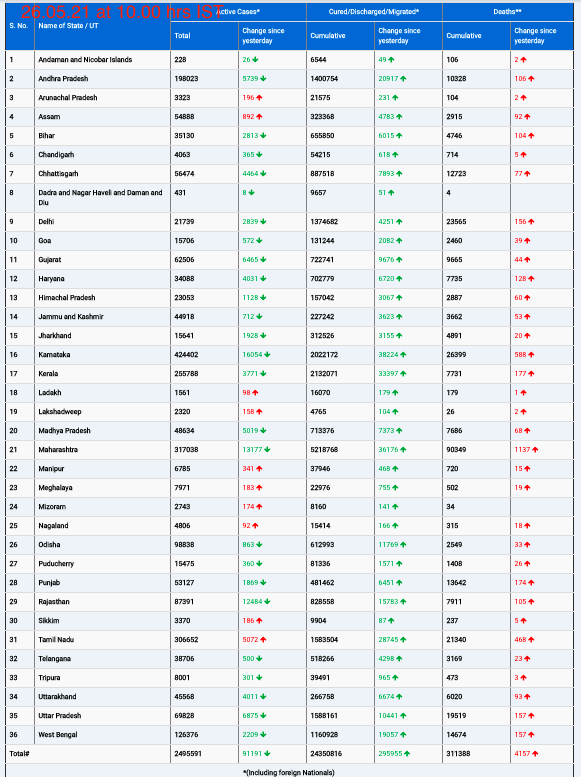Los Angeles, CA — A recent study presented at the annual meeting of the Infectious Diseases Society of America (IDWeek), held from October 16 to 19 in Los Angeles, reveals a concerning correlation between social vulnerability and race with vaccination rates for influenza, severe acute respiratory syndrome coronavirus-2 (SARS-CoV-2), and respiratory syncytial virus (RSV). The findings highlight significant disparities in vaccination coverage among socially vulnerable populations, particularly Black individuals.
Led by Zainab Albar, M.B.B.S., Ph.D., from Case Western Reserve University in Cleveland, the research analyzed data from a cohort of 341,029 individuals diagnosed with acute respiratory infections, with 81% identifying as white. The study examined the relationship between the Social Vulnerability Index (SVI)—a measure of the community’s ability to prepare for and respond to public health threats—and vaccination rates.
The results indicated a clear trend: as the SVI quartile increased, vaccination rates for influenza, SARS-CoV-2, and RSV decreased, particularly among Black individuals. The data showed that individuals in higher SVI quartiles not only exhibited lower vaccination rates but also experienced a rise in emergency visits for acute respiratory infections coupled with a decline in primary care visits.
The research emphasized that Black individuals consistently had lower odds of receiving the flu vaccine across all SVI quartiles. Furthermore, the likelihood of receiving SARS-CoV-2 and RSV vaccines was also diminished for Black individuals compared to their white counterparts in every SVI quartile.
“Disparities this vast are not to be overlooked—they require multifaceted interventions that meet people where they are socially and increase access to essential preventive measures,” stated co-author Elie Saade, M.D., M.P.H., from the University Hospitals of Cleveland.
These findings underscore the urgent need for targeted public health strategies that address the systemic barriers faced by socially vulnerable groups. The researchers advocate for comprehensive interventions that improve access to vaccines and enhance healthcare engagement in these populations.
It is noteworthy that one of the authors disclosed ties to the pharmaceutical industry, highlighting the importance of transparency in research.
As vaccination efforts continue to evolve in response to public health challenges, this study serves as a critical reminder of the intersection between social determinants of health and health equity, emphasizing the need for inclusive policies that prioritize vulnerable communities.











